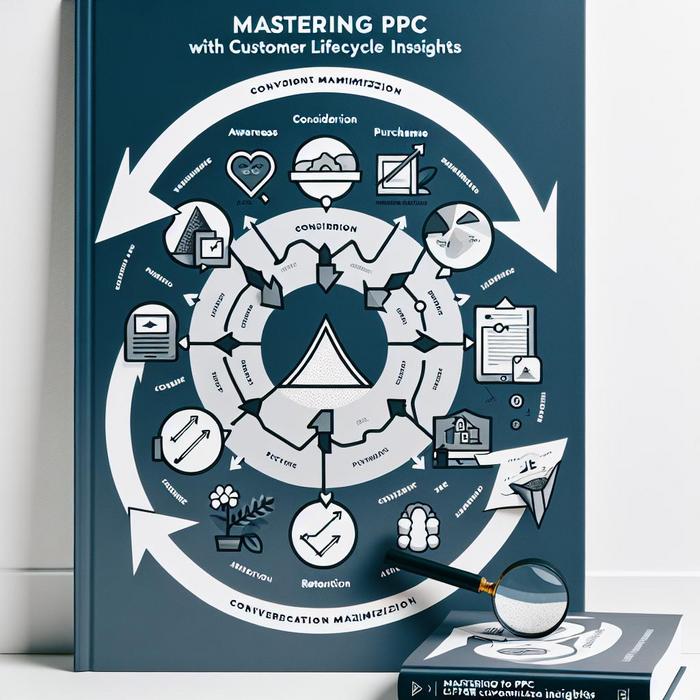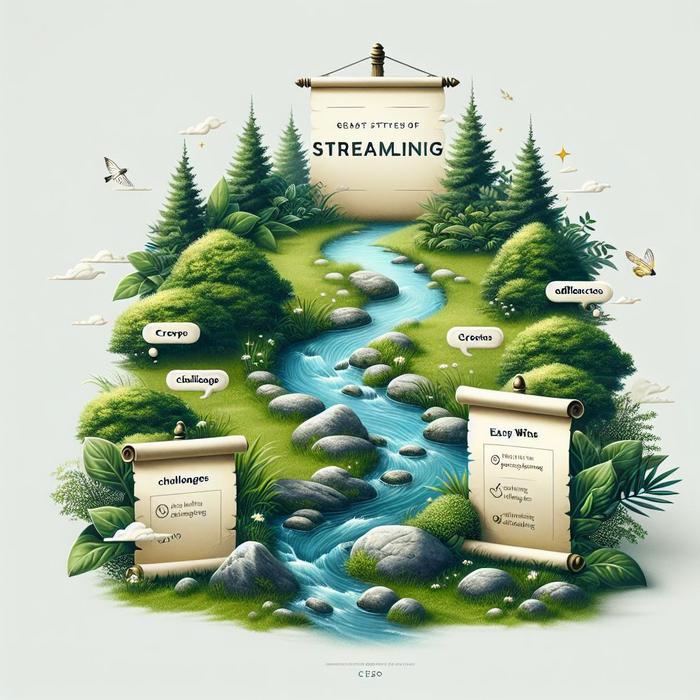The Power of Smart Bidding across Major Digital Platforms
The focus has gradually shifted from a broader reach to precise targeting and optimization. Bidding algorithms play a crucial role in this, allowing advertisers to maximize the total value of conversions. These algorithms, offered by platforms like Google, Meta, and TikTok, are designed to streamline campaign management, making the process more efficient and effective.
However, the key to leveraging these bidding algorithms lies in a deeper understanding of their specific mechanisms and the strategic implications for various industries. This knowledge is particularly valuable for high-ranking executives, given their strategic decision-making roles. Equally, a well-run campaign can drive business growth and deliver measurable results, which is exactly what these professionals strive for.
Google and Meta: A Strategic Comparison
Bidding algorithms provided by Google and Meta, which are among the most significant digital platforms, have unique features catering to different campaign needs. Google’s bidding strategy, for instance, offers two types of algorithms: Max conversion value and target ROAS (tROAS). They provide advertisers with the flexibility to prioritize conversions or the return on ad spend, depending on their specific campaign objectives.
On the other hand, Meta employs a different approach with its ad delivery system. It focuses on maximizing results based on an advertiser’s defined campaign objective, such as brand awareness, engagement, or conversions. Although different, both systems offer unique advantages and can be leveraged concurrently to achieve diverse marketing goals.
For a more in-depth look at various bidding algorithms and their effectiveness, you can delve into bid management software and PPC bidding strategies across major digital platforms.
Turning to TikTok: Harnessing the Power of New Technologies
Emerging platforms like TikTok also offer unique opportunities for PPC optimization. The platform’s value-based tools are designed to drive brand growth by reaching a younger demographic in a more engaging manner. These insights could be particularly beneficial for tech companies, where innovation often dictates the pace of growth. For a deeper understanding of how to optimize returns in this industry, you could explore the concept of ROAS optimization in the tech industry.
Briefing the Bid: Transformation in Campaign Management
Digital advertising has come a long way, evolving from manual to automated strategies. This transition is particularly visible in bid management, where innovations aim to maximize value with precision targeting. To gain another perspective, you can visit this discussion on the merits of Google’s automated campaign management. Automation is generally regarded as a step up from manual bidding, which you can understand better by browsing through this thread on the potential benefits of manual bidding.
Strategizing for Precision and Impact
In essence, the key to successful campaign management lies in strategic deployment of bidding algorithms. This involves understanding the nuances of different platforms and tools, and tailoring the approach based on specific objectives and target audiences. For more insights into precision targeting in digital advertising, you can read these strategies.
Strategic decision-making roles in companies will also need to adapt. A solid understanding of bidding algorithms and their strategic implications could be a game-changer in driving growth and delivering measurable results. The digital road ahead is laden with opportunities, and an in-depth grasp of optimization strategies will undoubtedly illuminate the path to success.
Optimal Outcomes: Meta Vs. Amazon
Given the dynamic nature of digital marketing, sharp comparisons are not always the most efficient way of utilizing multiple platforms. For example, Meta and Amazon offer different sets of tools for advertisers to take advantage of, and optimizing your approach on both avenues can yield optimal outcomes. Meta’s powerful ad delivery algorithm and Amazon’s robust PPC software can work complementarily for a holistic strategy.
Assessing Algorithms: Google Vs. Amazon
The competitive nuances of Google and Amazon’s bidding algorithms have key strategic implications for both small and large enterprises. Taking a closer look at their individual mechanisms and how they sync with your brand’s goals, could be pivotal in shaping the direction of your advertising endeavors. One helpful approach could be implementing AI-powered ad strategies.
Diving into the Depths: Data-Driven Ad Strategies
To effectively employ data-driven ad strategies, understanding the intricacies of the technological platforms available to you is vital. Deeper engagement with your target markets is achievable by balancing automated messages with personalized engagement based on analytics. More on data mining and its possible implications in diverse sectors can be found at Marin Bidding.
Optimization and Its Advantages
The thrill of optimization is not limited to increased clicks, there’s a broader picture to consider. Providing your audience the right content at the right time can drastically increase customer loyalty, return on investment, and overall brand image. Better understanding advanced digital optimization tools for ad spend, such as Amazon’s PPC tool, can add to this desired impact.
Bidding Behemoths: Amazon Vs. TikTok
Staying updated with emerging platforms like TikTok, alongside established ones like Amazon, fortifies your brand’s digital standing. While Amazon’s avenues for advertisements feature tools specifically devised for eCommerce objectives, the newer TikTok holds a vast active user base that largely consists of the younger demographic. Comparing these channels can be useful to fine-tune your marketing decisions targeting different audience segments.
Digital Tools: Harnessing the Potential
Savvy marketers know that the power of digital marketing lies in its constant evolution. Modern tools allow us to target customers with precision, all while monitoring key metrics to optimize our efforts continually. The advantages of employing data-driven ad strategies are endless, providing real-time data and helping you make adjustments based on tangible results.
Making Sense of the Metrics
Monitoring key performance indicators (KPIs) with an eagle’s eye can ensure maximum ROI. With analytics tools and bidding algorithms, you can track various metrics such as click-through rates, conversion rates, and cost per acquisition, allowing for strategic tweaks in your campaigns for optimal results. For further exploration on this topic, consider visiting Maximizing ROI with AI-Powered Ad Strategies.
Leveraging Emerging Platforms: Snapchat and TikTok
Just as it is crucial to understand the nuances of mature platforms like Google and Meta, it’s equally important to comprehend the potential of emerging channels such as Snapchat and TikTok. These platforms are rich in untapped potential, with their unique interface and young audience providing exciting opportunities for advertisers. Further exploring the opportunities these platforms present will ensure your brand stays ahead.
Our understanding of these tools and strategies will continue to evolve and broaden. Emerging trends and tools make optimization a dynamic process, continually presenting new avenues to be explored and benefitted from. The future belongs to savvy marketers who can maneuver their brands towards success in this ever-changing landscape, ensuring growth and sustainability.











